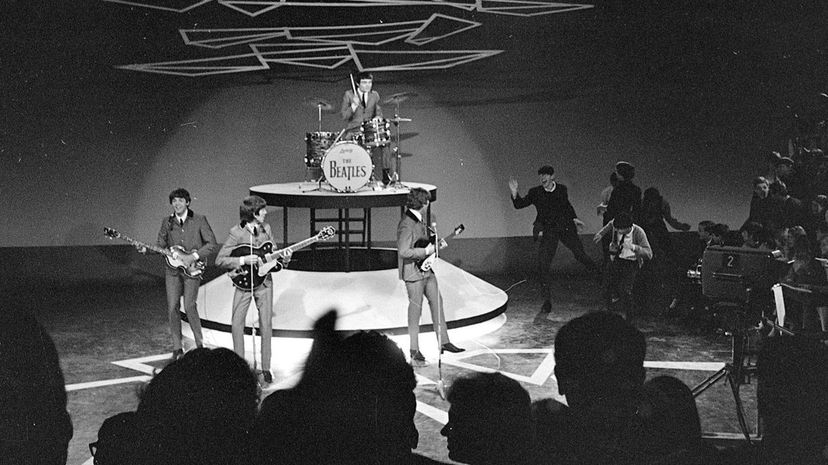
About This Quiz
The music scene really exploded in the 1960s. While the '50s had given birth to rock and roll and made it the biggest sound going, in the 1960s, rock and roll branched out and evolved. This was the decade in which we started seeing the beginnings of new genres like heavy metal with Led Zeppelin, disco with the Bee Gees, pop with the Hollies, Motown with the Four Tops, funk with Sly and the Family Stone, and more.
Some music was psychedelic like Jefferson Airplane, some music was heavy like Deep Purple, some was happy and upbeat like the Monkees, and some was a little more deep like The Velvet Underground. As great as all those bands were, each one had a lead vocalist that made them come to life. The thing about lead singers is we'll usually only find out who they are if the band is super big like Mick Jagger in the Rolling Stones, or we're just really into their music like maybe with Tommy Holland in Steppenwolf.
If you consider yourself a child of the '60s or at least of '60s music, then why don't you see how many lead singers you can link to these bands from the 1960s!
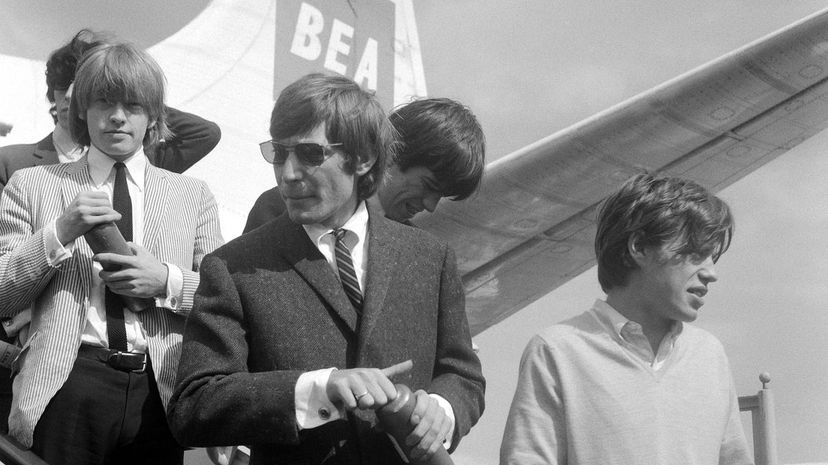
The Rolling Stones came together as a band way back in 1962, and they are still working to this very day. Mick Jagger has been the lead singer for the band's whole run, and he's still doing it at age 76.
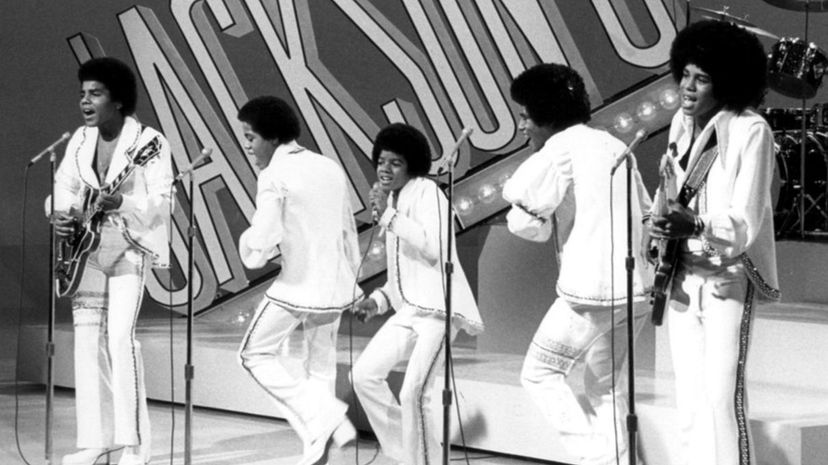
The Jackson 5 started singing as a group back in 1965. The group consisted of brothers Tito, Jermaine, Marlon, Jackie, and youngest brother/lead singer Michael Jackson. They went from high school talent shows in 1966 to opening for the Supremes by 1969.

The Doors was founded in 1965 with Jim Morrison as the lead singer. The band was hugely influential despite the fact they were very short-lived as an act due to the untimely death of Morrison back in 1971.
Advertisement
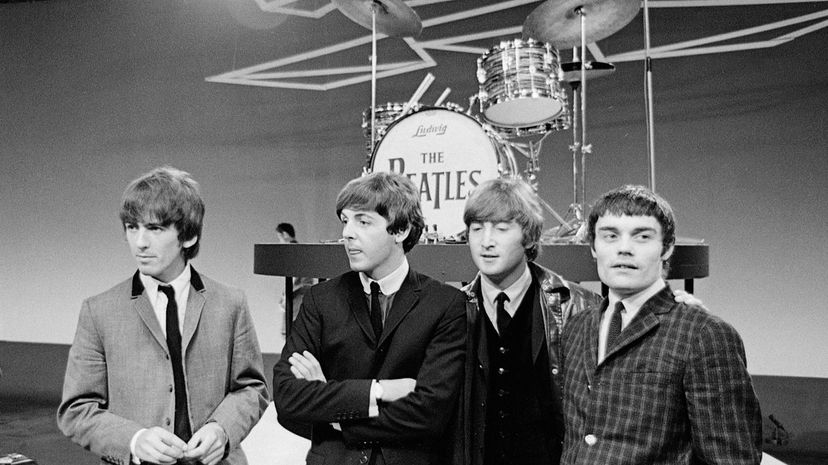
The Beatles was one of those bands that saw a transition among lead singers sometimes as John Lennon did most of the singing duties early on while Paul McCartney was more involved later in the band's career. John handled vocals on "Ticket to Ride," though.
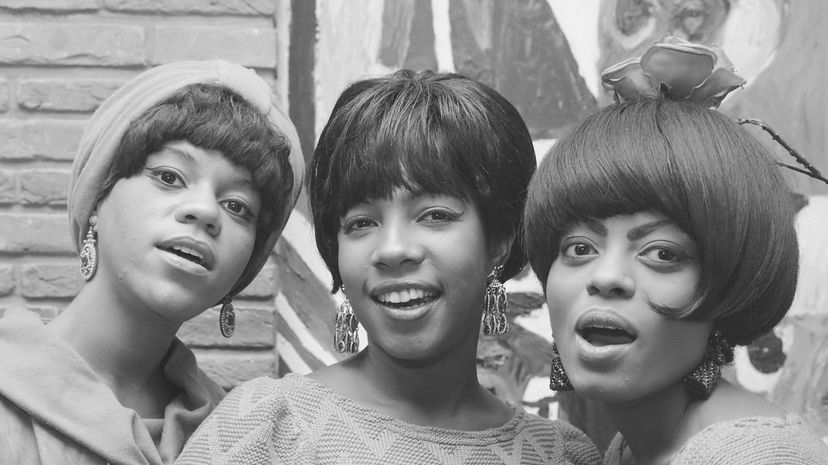
Diana Ross's mother intended to name her Diane, but a clerical error on her birth certificate meant that she was officially named Diana. Despite this, she was listed as Diane on the first Supremes album.
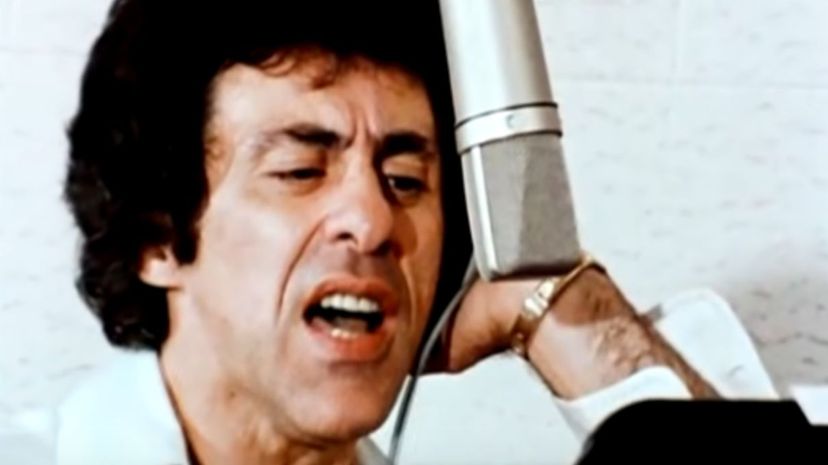
The Four Seasons were fronted by Frankie Valli and have sold well over 100 million albums worldwide. Many of their hits featured his high-pitched vocals prominently, such as in "Big Girls Don't Cry" and "Sherry."
Advertisement
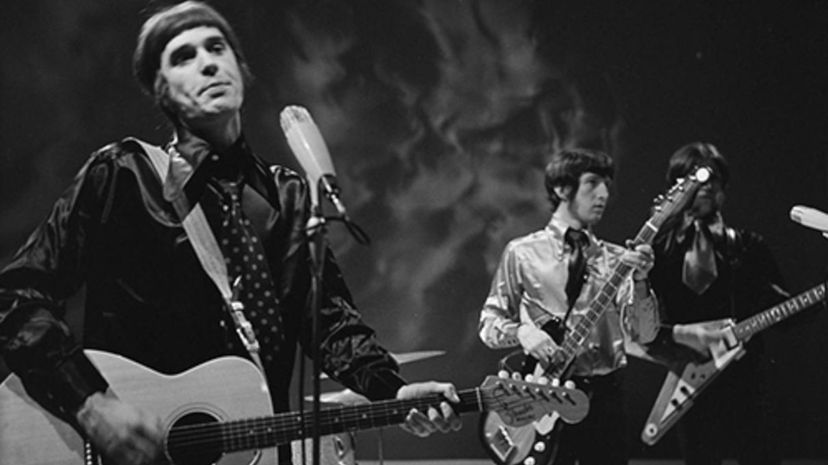
Ray Davies was the lead singer of The Kinks back in 1964 when the band formed. He stayed with the group for a stunning 32 years as did his brother Dave who did back-up while also playing lead guitar.

Lou Reed formed the famous Velvet Underground in 1964, along with John Cale and Sterling Morrison. Drummer Moe Tucker was not a founding member as he joined up with the rest of the guys about a year later.

The Grateful Dead was formed in 1965 in California though the band was originally called the Warlocks and was actually born from a jug band. That's not a metaphor or anything; they were called Mother McCree's Uptown Jug Champions and featured three members of what would become The Grateful Dead.
Advertisement
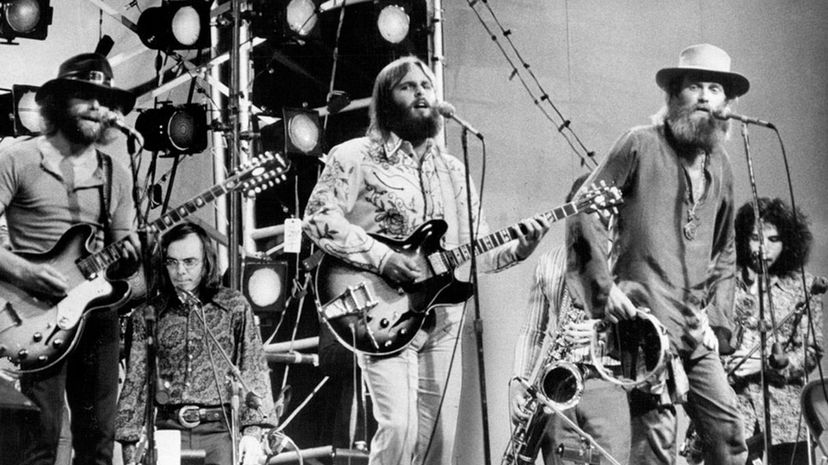
The Beach Boys were formed by the Wilson brothers Brian, Dennis and Carl along with their cousin Mike Love who handled vocals for the group. They also brought in their friend Al Jardine to stop it from being a full-on family band.
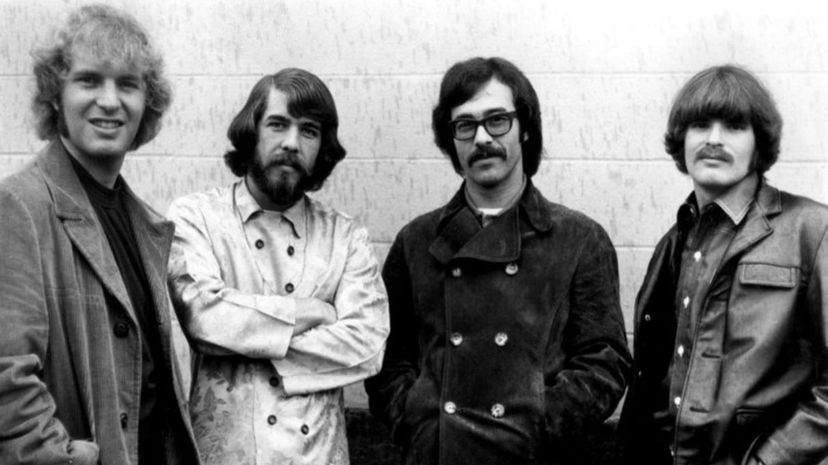
Creedence Clearwater Revival, otherwise known as CCR, featured John Fogerty on lead vocals. The band only lasted from 1967 until 1972 and broke up over numerous disputes on creative direction.

The thing about The Mamas and the Papas was that no singer took sole lead vocals. Many of their songs were harmonies or they'd take turns at lead. In that regard, Cass Elliot, Denny Doherty and John Phillips all could be considered lead singers.
Advertisement
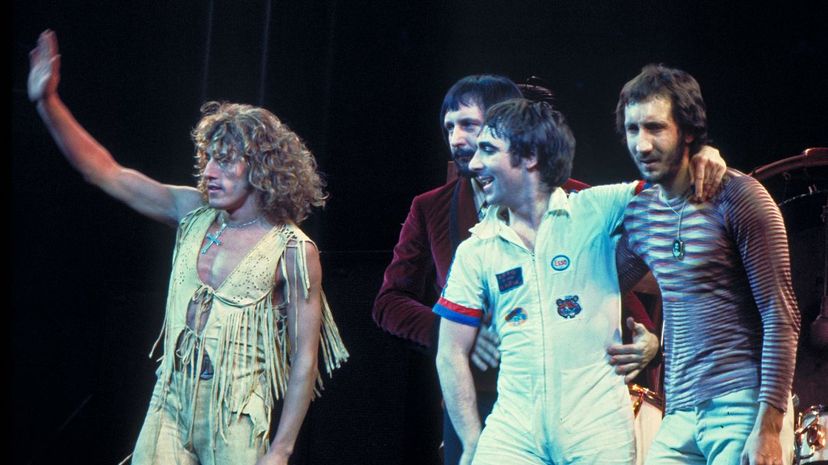
One of the biggest acts of all time, The Who have sold over 100 million albums and featured lead vocals from Roger Daltrey. The band had several hits in the '60s, including "My Generation" and "Pinball Wizard."
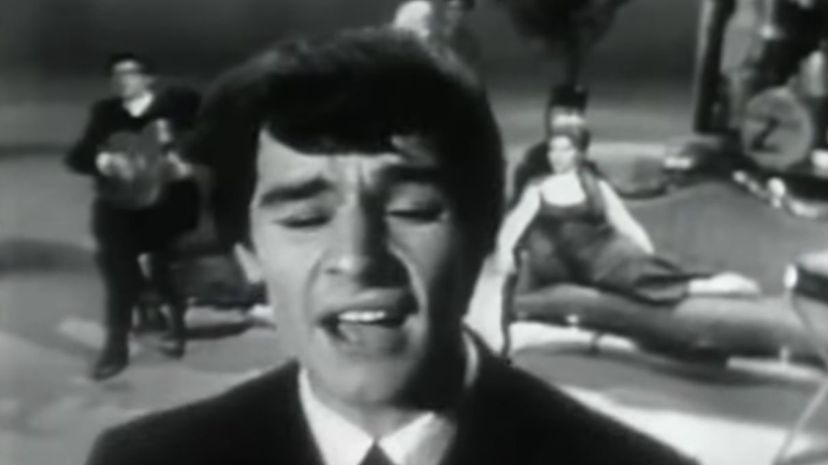
The Zombies got into the Rock n' Roll Hall of Fame back in 2019 after having been a band since 1962. Colin Blunstone was the lead singer who helped the group rise to fame with singles like "She's Not There."
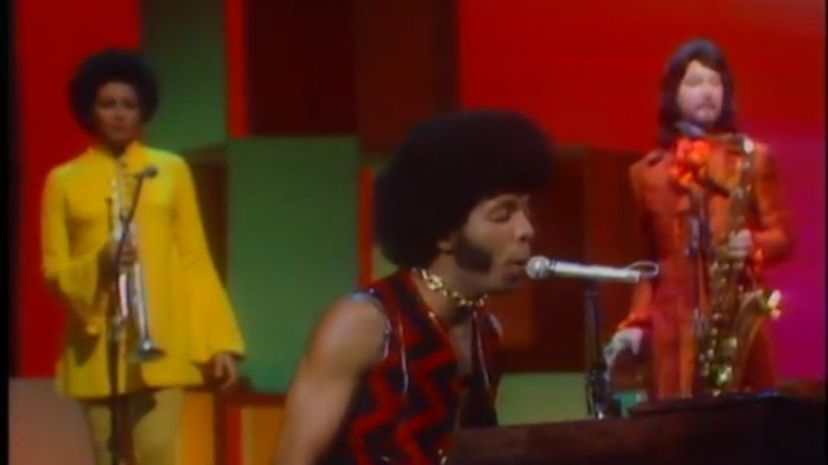
Sly is a short form for Sylvester, so it's no surprise that Sylvester Stewart was the lead singer of Sly and the Family Stone. Formed in 1966, the band was one of the pioneers of the funk genre. The Stones in the name were his siblings Freddie and Rose Stone.
Advertisement
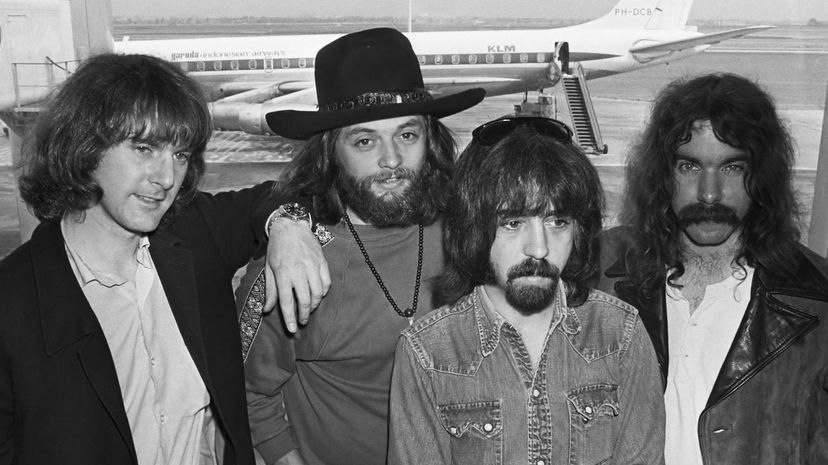
Jim McGuinn/Roger McGuinn was the lead singer of The Byrds. Why the two names? He switched from Jim to Roger in the late 1960s as his real first name is James, but Roger is his middle name. The band found early fame with the song "Mr. Tambourine Man."
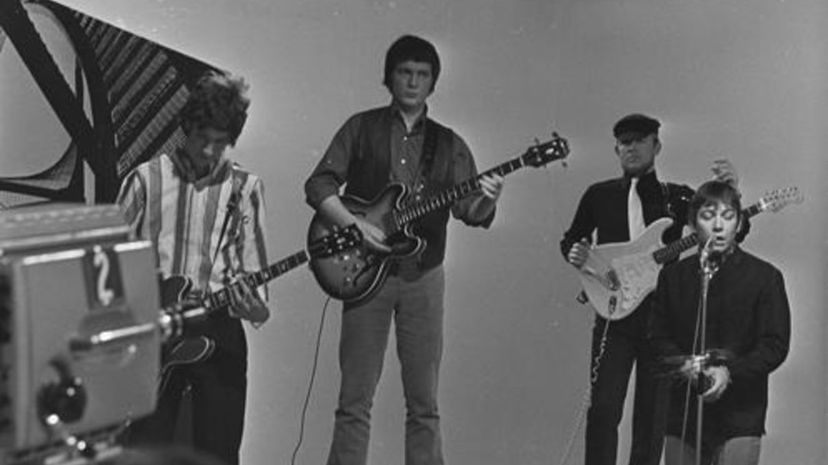
Eric Burdon formed The Animals back in 1963. They were big in England, where they formed in Newcastle Upon Tyne and inexplicably moved to California later in the '60s and changed their name to Eric Burdon and the Animals.
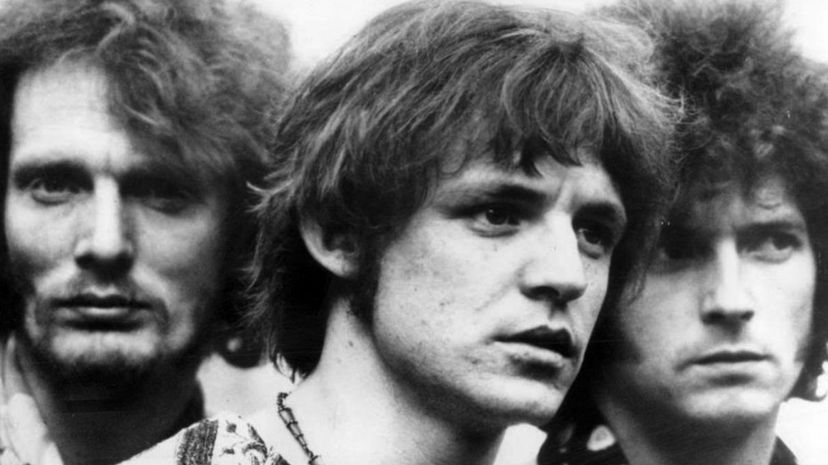
Jack Bruce helped form Cream alongside Eric Clapton and Ginger Baker in 1966. Eric Clapton also sang but was not lead singer, though he went on to be the much more famous band member when he went solo years later.
Advertisement
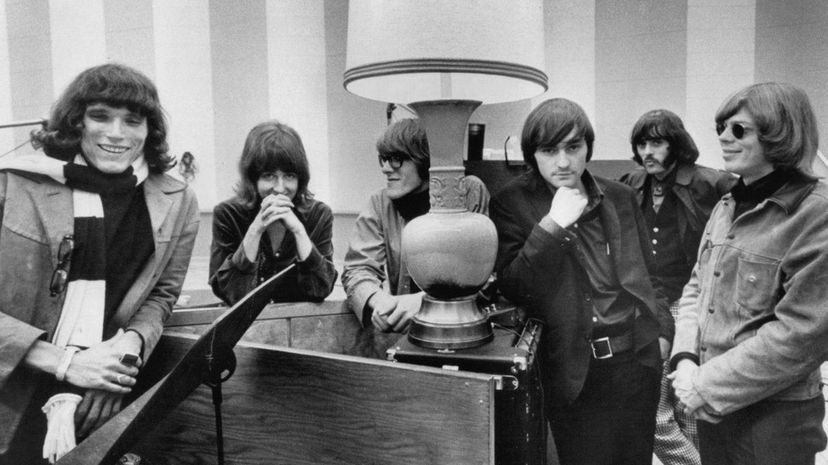
Grace Slick was the very cool lead singer of Jefferson Airplane, which formed in 1965 and was pretty famous for some very eclectic and psychedelic sound. After several band members quit, Slick and the rest of the band had reformed as Jefferson Starship in the '70s.
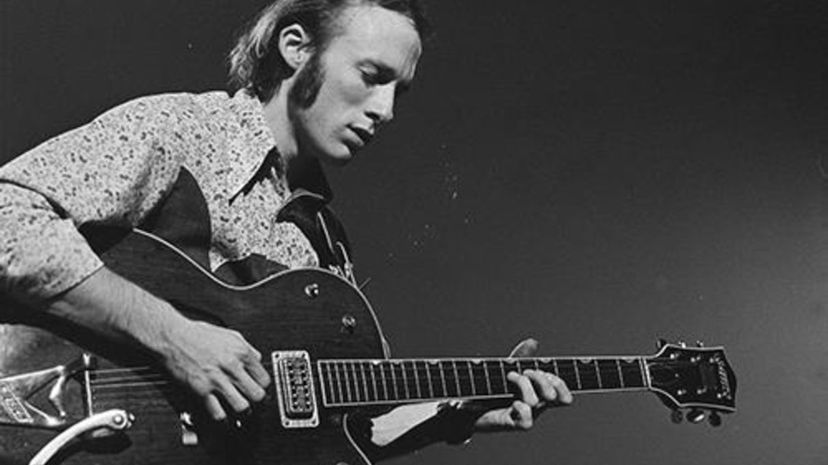
Buffalo Springfield was one of the earliest bands featuring Neil Young and Stephen Stills on lead vocals. They'd go on to form Crosby, Stills and Nash later on, and then he also enjoyed a solo career.

Keith Relf was both the lead vocalist and the harmonica player for The Yardbirds. Famed guitarists Jeff Beck, Eric Clapton and Jimmy Page all played with the Yardbirds at some point in time as well, meaning this band had a heck of a guitar section.
Advertisement
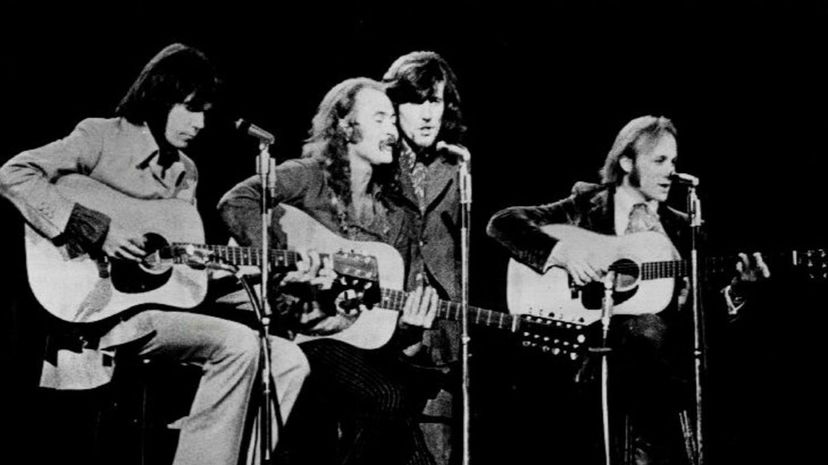
All three members of Crosby, Stills and Nash took their turns performing locals in the band, and even Neil Young claimed that honor when he was part of the band. That said, Graham Nash was arguably the main vocalist with David Crosby coming in second.

Allan Clarke formed the Hollies with Graham Nash, who would later form Crosby, Stills and Nash. The band formed in 1962, and you may be surprised to learn that they actually still exist to this date, albeit with only two of the original members.
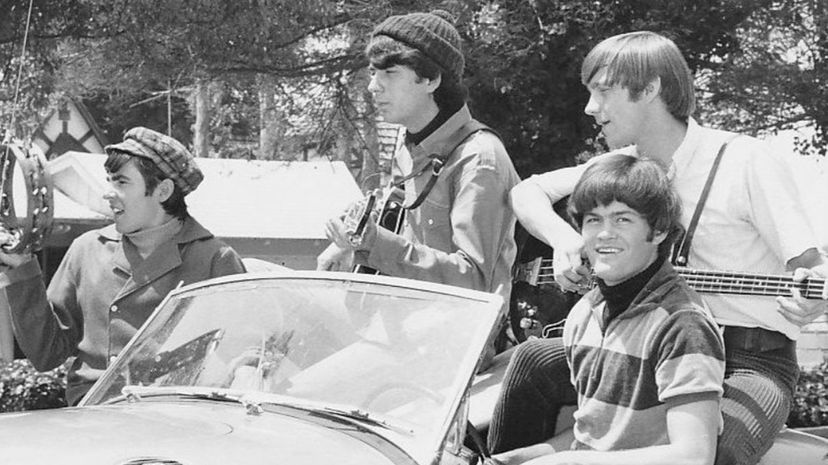
Davy Jones was the lead singer of The Monkees though, to be fair, Mickey Dolenz also contributed vocals frequently. The band was infamously "created" to be a TV show and a band that was to serve as the American response to the Beatles.
Advertisement
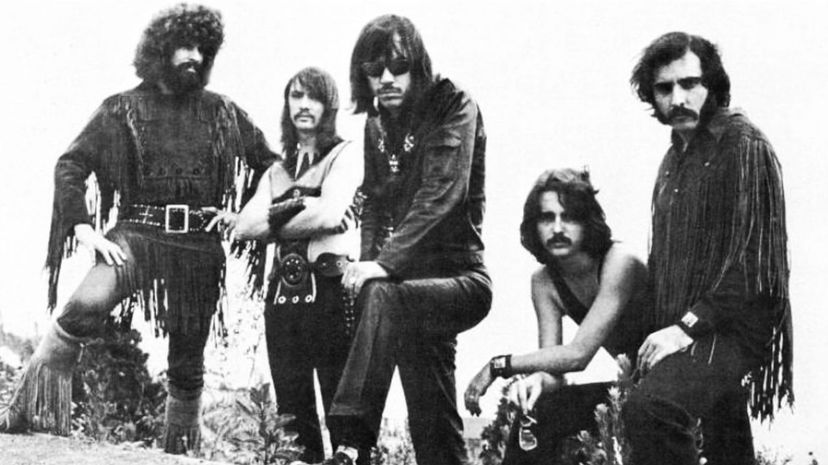
Tommy Holland was the lead singer of the band Steppenwolf. If you're curious about the band name, which was also the name of the villain in "Justice League," it comes from a German novel written by Hermann Hesse.
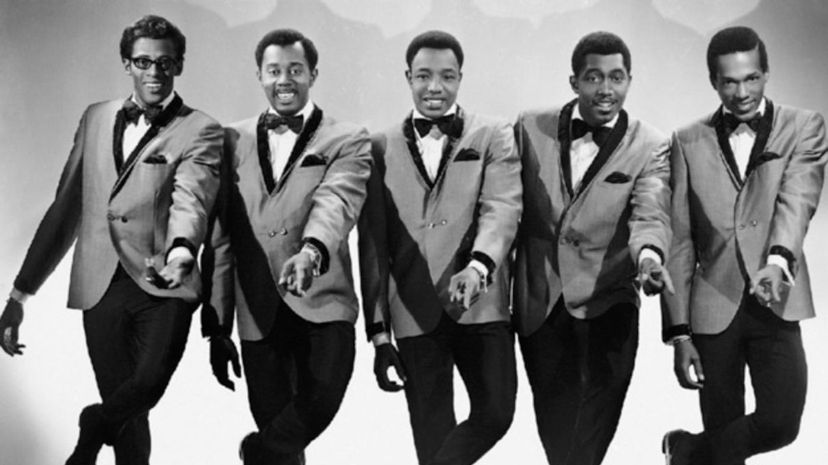
David Ruffin was the lead singer of The Temptations for most of the 1960s. He left after eight years in 1968 when the rest of the bad fired him for his irresponsible behavior. He was missing gigs, using drugs, and would only travel in his own, mink-lined personal limo.

Peter Noone was effectively Herman in Herman's Hermits. They formed in 1964 and had hits like "I'm Into Something Good." The band is actually still around to this day with original drummer Barry Whitman still performing.
Advertisement
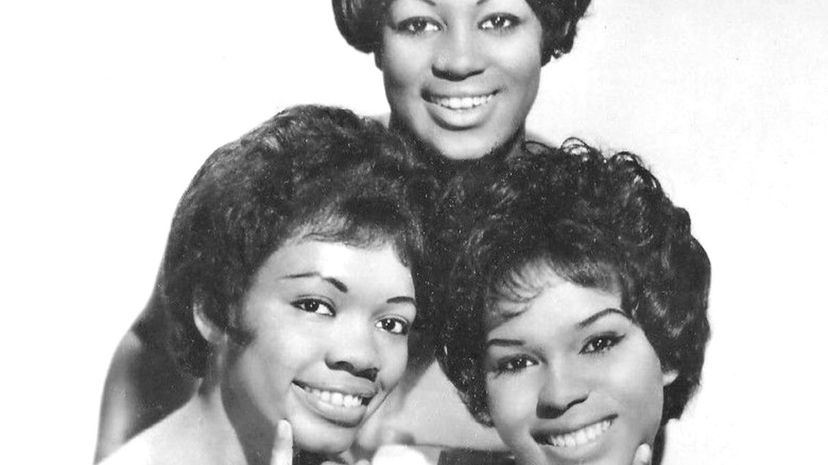
The lead singer of The Shirelles was Shirley Alston Reeves or Shirley Owens at the time. Their 1961 song and album "Tonight's the Night" is what made them famous though "Will You Still Love Me Tomorrow" was arguably their biggest hit.
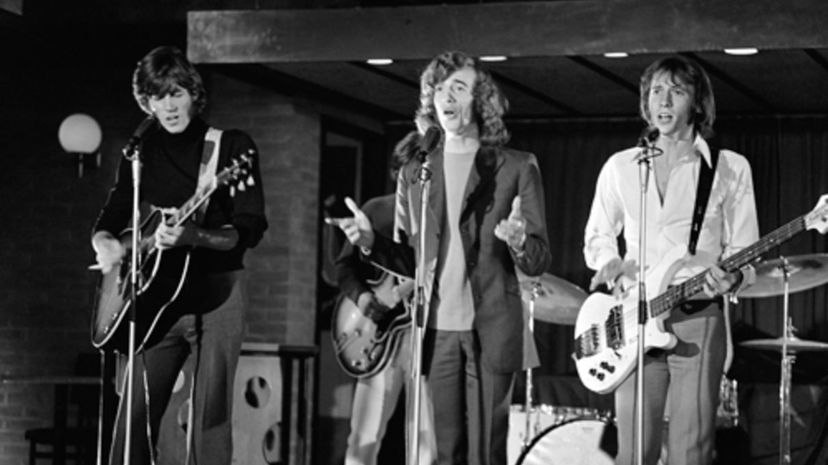
Though they were most famous for their disco in the '70s, the Bee Gees actually date back to 1958 and found success in the '60s with rock songs and ballads before they went full disco in the 1970s.
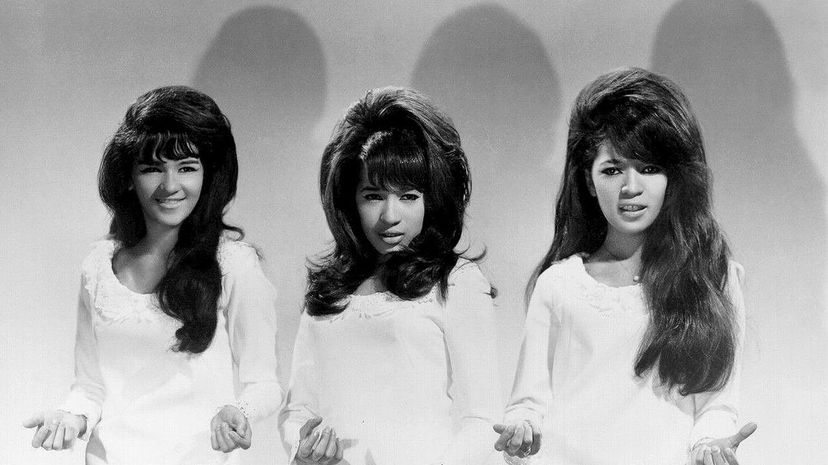
Veronica Bennett was the lead singer of the Ronettes. Their most famous song was likely their 1963 hit "Be My Baby," which has been featured in everything from "Dirty Dancing" to "Scream Queens."
Advertisement
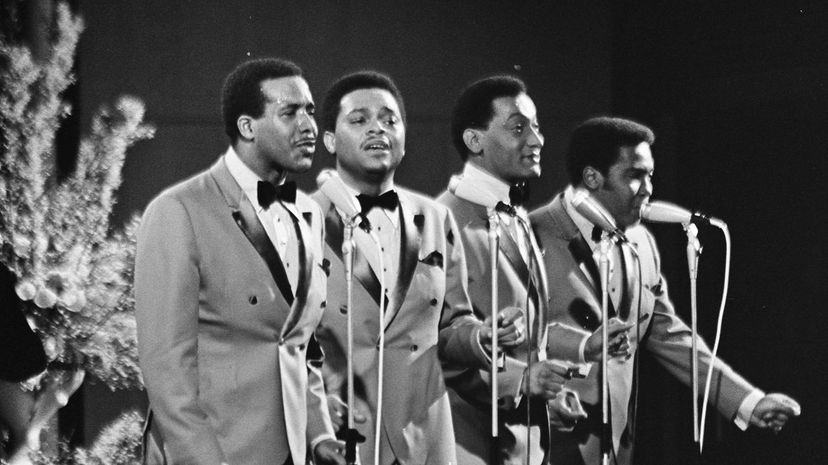
The Four Tops were one of the pioneers of Motown back in the 1960s. Frontman Levi Stubbs founded the band with three friends in 1953, and they stayed together until 1997. Their song "Baby I Need Your Loving" was one of their biggest hits.

The Moody Blues featured Justin Hayward on lead vocals for several years during the 1960s. The band is probably best known for their single "Nights in White Satin" as well as other songs like "Your Wildest Dreams."
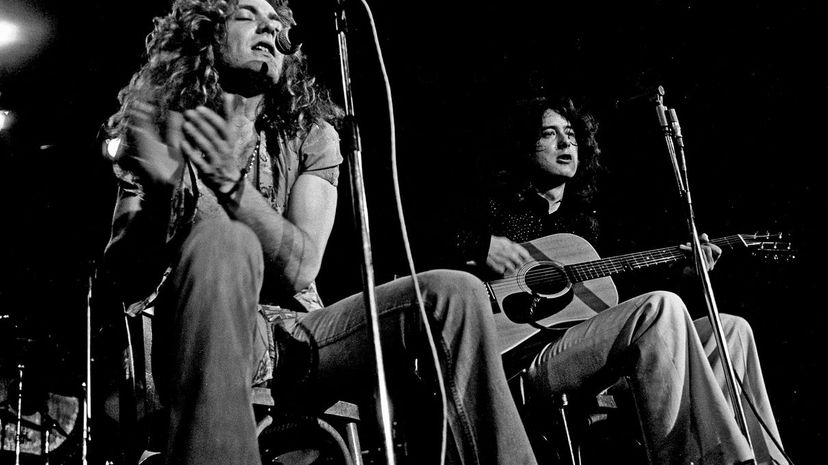
Robert Plant is the frontman for legendary rock band Led Zeppelin. Plant formed the band with guitarist Jimmy Page, drummer John Bonham and keyboardist John Paul Jones. The group was formed in 1968 and broke up in 1980 though they reunited several times afterward.
Advertisement
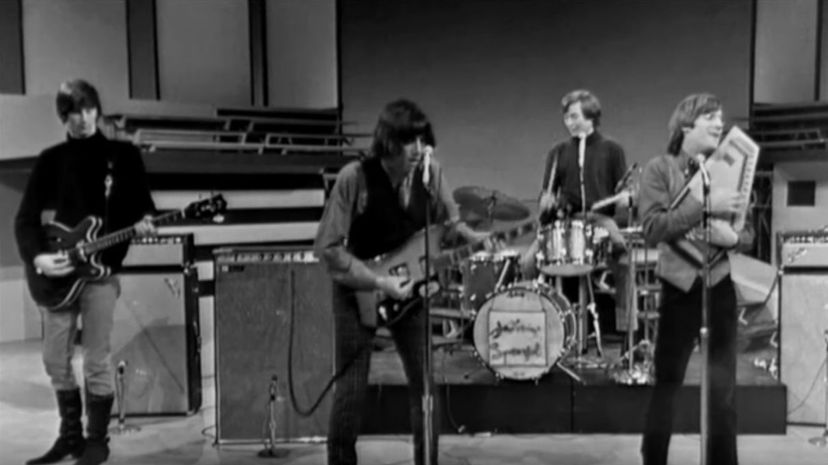
The Lovin' Spoonful began in New York back in 1965. The lead singer was originally John Sebastian, but he left the band after a few years while John Butler stayed with the band as a vocalist for a much longer period of time.
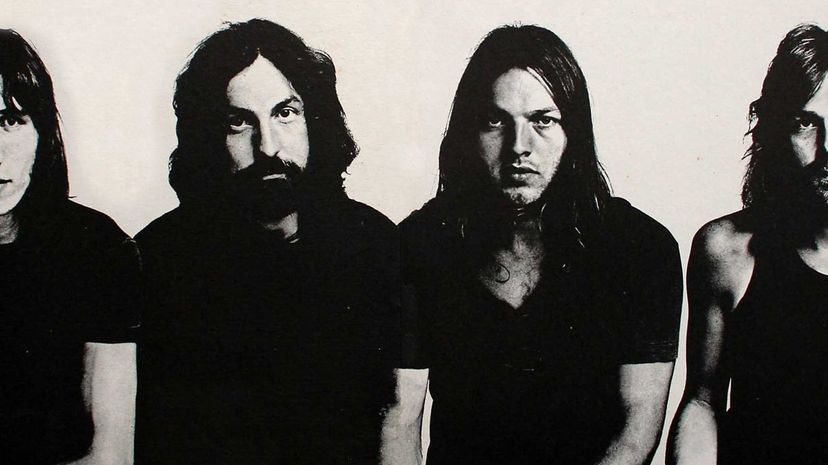
Pink Floyd first formed as a band in 1965 with Syd Barrett as lead singer. He left the group at the end of the 1960s, and Roger Waters took over in the '70s. When Barrett left the band, there was a widespread rumor it was due to either drug use or mental health issues or both.